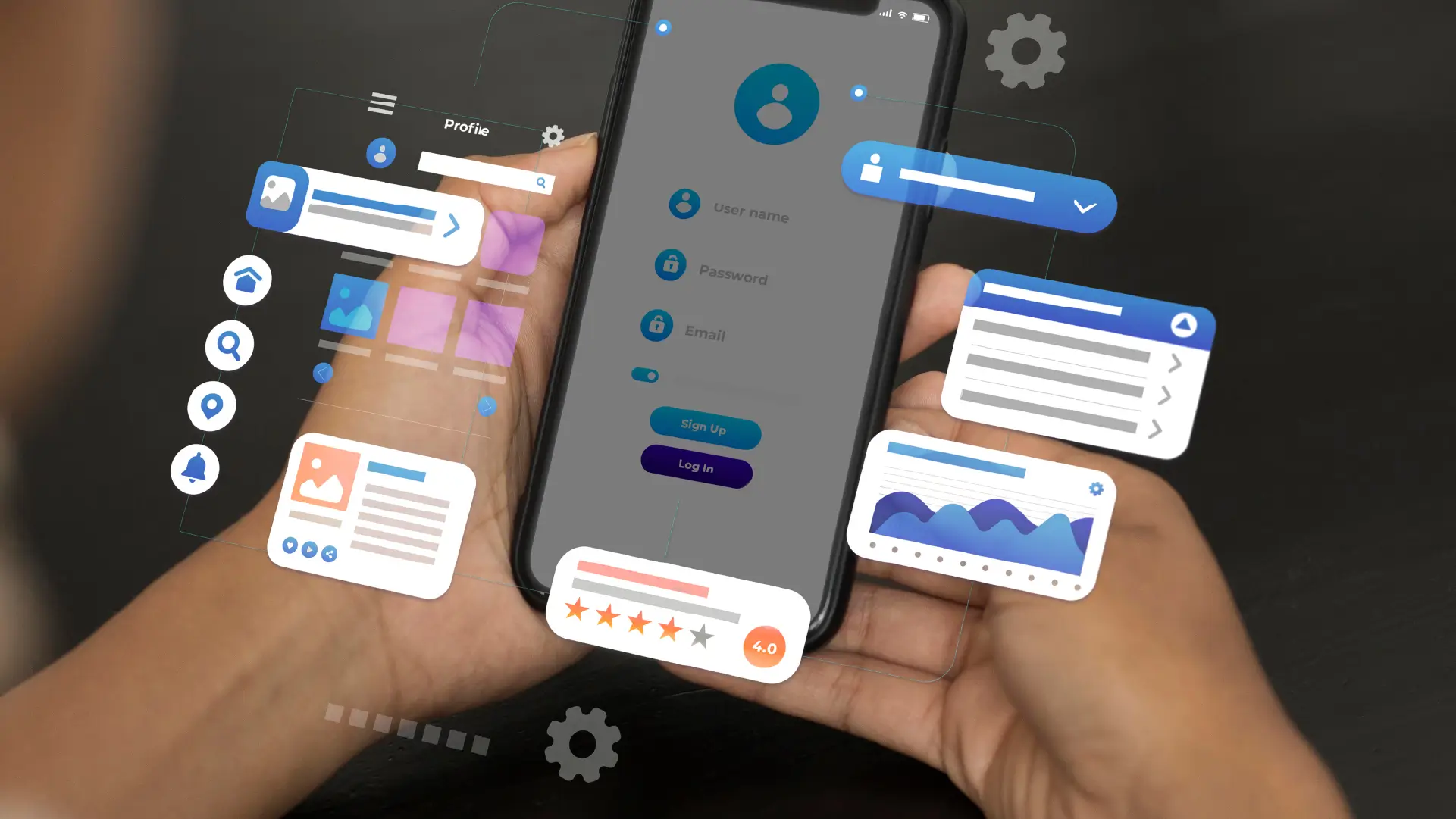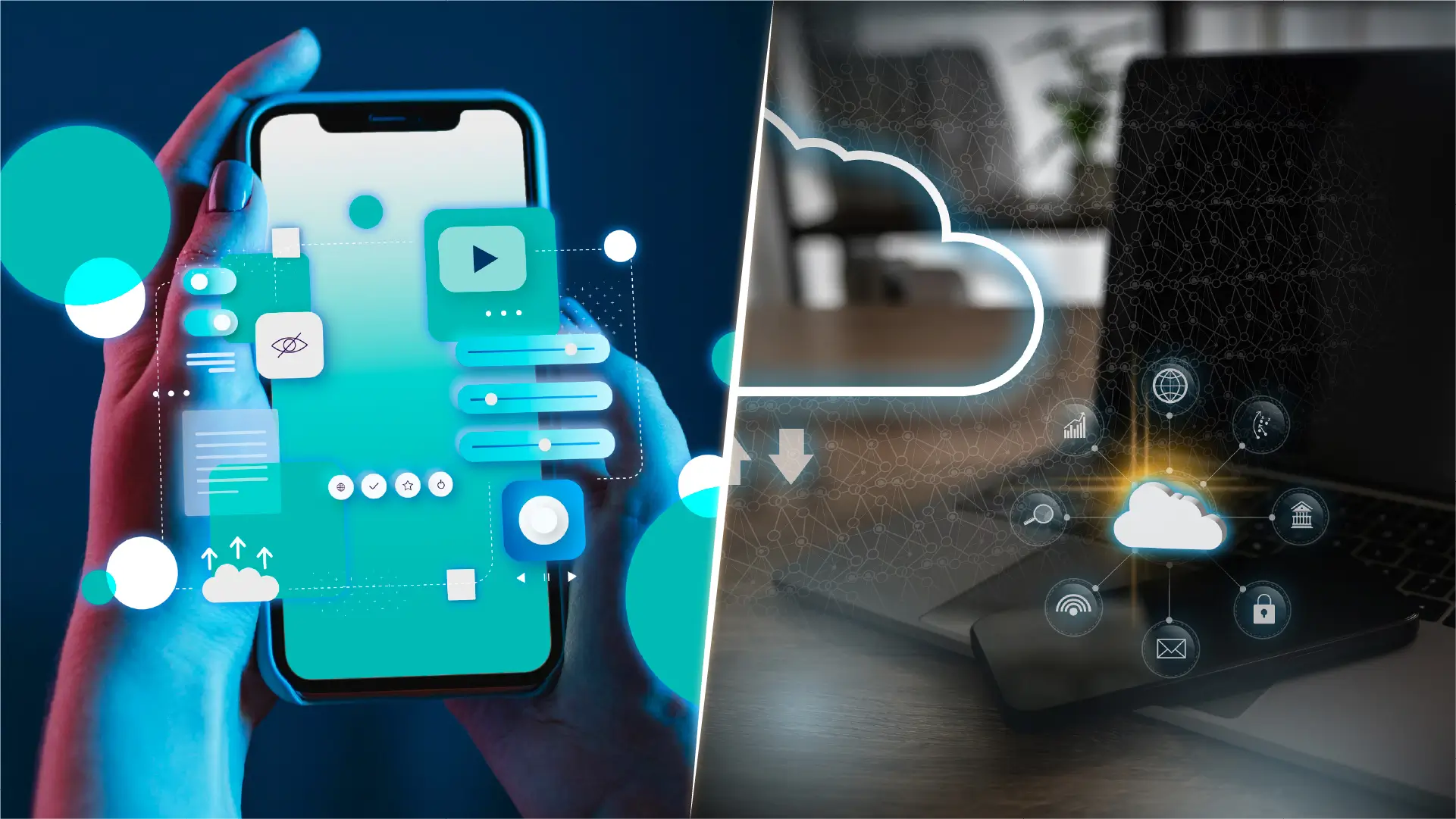Introduction
In the wake of the 2014 introduction of Android TV by Google and the subsequent release of tvOS by Apple in 2015, the market for Android TV app testing and development has exploded. With numerous companies racing to create their TV apps, it's clear that there is a significant demand for high-quality products in this arena. Testing Android TV apps is similar to mobile app development in many ways, and comprehensive QA processes are essential to delivering a top-notch user experience. As Over-The-Top (OTT) content delivery has grown in popularity, the ability to perform Android TV automation testing using Appium has become an increasingly important skill for automation testers to possess.
Read: Using Appium for Automated Testing of Roku TV Apps
How Is Android TV App Testing Different from Android Mobile App Testing?
Appium testing for Android TV requires knowledge of remote-control functions due to the lack of touch input. Testing is similar to smartphones, involving identifying elements, interacting with them, modifying attributes, and verifying output. However, Android TV has platform-specific factors such as a landscape orientation and apps designed for video playback, requiring testers to adapt their strategies accordingly.
This blog is a comprehensive guide to automating Android TV app testing, covering everything from connecting your computer to your smart TV to automating key actions like search and video playback.
Related Blog: What Appium Users Need to Know about Android Activities and Intents
How Should You Prepare Your Testing Setup?
Let's look at the initial steps you need to consider before starting your test automation.
1. Activate Developer Options on Android TV
To begin testing Android fire TV with Appium, the first step is to enable Developer options on the TV. This is necessary to connect the TV to a computer for testing purposes. Enabling Developer options on an Android TV is similar to doing so on an Android smartphone.
To enable Developer options for Android TV app testing using Appium, follow these steps:
- Click on the 'Settings' icon
- Navigate to 'Device Preferences'
- Select 'About'
- Find the 'Build Option' and click on it until a message appears stating that "you are now a developer"
- Go back to 'Device Preferences' and scroll to the bottom
- Select 'Developer Options'
- Locate the 'USB Debugging' option and enable it
- Once you have enabled the 'Developer Options,' you can connect your computer to the TV and start testing your Android TV app using Appium
Related Blog: Running arbitrary ADB commands via Appium
2. Get the Necessary Information from the Smart TV
To connect a smart TV with a computer for Android TV app testing using Appium, you only need the IP address of the TV. However, obtaining the Device Name, Platform Name, and Platform Version is also useful, as you will need them for your automation script. Here are the steps to follow:
- Click on the 'Settings' icon
- Choose 'Additional Settings'
- Go to 'Device Preferences'
- Click on 'About'
- Obtain the Device Name, Platform Name, and Platform Version
- Look for the 'Status' option (Network) in 'About'
- Click on it and find the IP Address of the Android TV
By following these steps, you can easily obtain the necessary information to connect your fire TV with Appium.
3. Ensure Your Smart TV Is Connected to Your Computer
To connect your computer to the Android TV for Appium testing, follow these steps:
- Open Command Prompt
- Enter the command "adb connect"
- After entering the command, a list of connected devices will be displayed in Command Prompt
It is crucial that you should have completed all the necessary Appium setups on your laptop before initiating the adb command. Following these steps, you can connect your computer to your smart TV for Appium testing.
How Can You Automate Your Android TV App Tests Using Appium?
Testing an OTT platform involves a complex set of tasks, including testing core functionality, UI and UX, subscriptions, and more. In this automation guide, we focus on automating the core functionality tests. Let's explore the steps.
Related Blog: Automating System Apps with Appium
1. App Launch
To begin automating your Android TV app testing, launching the app you want to test on your Smart TV is essential.
It's essential to use the exact name of your Smart TV which appears in the menu to prevent errors. This step is crucial in Appium testing for smart TV.
2. App Navigation
When automating apps of Android fire TV with Appium, it's essential to remember that these devices don't have touchscreens, so all navigation must be done through the remote controller.
To achieve this, UiAutomator can interact with the remote in a specific manner, providing a command for each interaction during the automation process.
3. Execution of Remote Actions
In Appium testing for Android TV, it's important to keep track of which element is currently in focus since you'll be simulating button clicks from a remote control.
Once you've mastered automating TV remote actions, you can use them to automate other actions, such as browsing the platform or turning on subtitles.
4. Selection of Elements
In Android TV app testing, selecting elements is done in the same way as manual testing. First, we must find the element, move the focus to it, and then select it. This process can be achieved using Appium for Android apps.
To ensure successful navigation in the Android TV app, we need to implement several additional methods for determining the focus state.
a. The first method is "focused," which returns the currently focused element.
b. The second method is "isFocused," which checks if a particular element is focused.
c. Some elements are not focusable but might contain a focused element inside them. For such cases, we can use the "hasFocus" method.
To select an element on a Smart TV, the first step is to move the focus onto it. This can be tricky when automating the process. It's important to build an optimal path for moving the focus to the element, as this will make navigation through the app faster and more efficient. There are different approaches to finding the path to the element, and we will discuss them in this section.
1. Identifying an element in a column
When searching for an element in a column, keep in mind the following:
- Navigation is only possible in the up or down direction
- The element could already be in focus
- The element could be located above or below the currently focused element
- It is important to determine if the end of the column has been reached
- The element may not be present in the column at all
We can develop a straightforward algorithm for locating an element in an Android TV app column by considering the above factors.
We iterate through the elements in the column and check if the element is currently focused. We compare the previously focused element with the current one to determine if the end of the column has been reached. If the end is reached twice, meaning all elements have been inspected, an exception is thrown.
2. Locating an element in a row
To search for an element within a row, we can apply similar principles as those used for column lookup. The algorithm for row lookup will be almost identical to that of column lookup, with the only necessary modification being to adjust the moveFocus method.
Using this method, we will examine elements located on the currently focused element's left and right sides.
3. Discovering an element in a grid
The vertical grid presents the most significant challenge for element lookup, as we must navigate in three directions - left, right, and down - to locate the desired element.
Considerations before initiating the search process:
- Start from the upper left/right element to avoid backtracking.
- Inspect all elements in a row before moving to the next one.
- Change direction at the end of each row.
- In asymmetrical grids, inspect both bottom elements of the last row.
This is how our algorithm would work schematically:
In the provided schema, when the 15th element is reached, and isEndReached is triggered, we will backtrack to the 11th element and move down to search the last incomplete row.
Here is what the actual implementation would look like:
For Appium on Android, the implementation is similar to findInColumn, focusing on switching rows once the first row ends. Test developers must inspect both sides of the last row for asymmetrical grids before raising exceptions.
5. Utilizing the Search Feature
In Appium testing for Android TV, we'll automate the user journey to navigate to the search bar. It's important to note that the steps may differ based on the app or platform being tested.
We can verify the accuracy of our automation script by comparing the results obtained through automation with manual input, using Appium for Android testing.
6. Playing A Video
After completing the search operation, the next step is to automate the selection of a movie from the search results. We have provided a sample code to assist you in doing so.
It's important to note that these concepts can be applied not only to playing a video from search results but also from the home screen or elsewhere. It's simply a matter of updating the XPath to suit your needs.
How Headspin Can Optimize Your Appium-Based Android TV App Testing Strategy
HeadSpin offers comprehensive solutions for Android TV app testing using Appium, making the mobile app development and testing process faster and more efficient. The HeadSpin Platform provides a one-stop-shop solution for testing Smart TV app experiences, including the ability to capture QoE and streaming performance KPIs.
With HeadSpin, you can:
- Automate Smart TV testing to improve efficiency
- Drive revenue growth and enhance user engagement
- Utilize a unified platform for all your NFR and functional testing requirements for Smart TVs and apps
- Test on real Smart TVs to resolve issues faster
Integrating Appium with HeadSpin's Platform can streamline the entire CI/CD process, create robust Appium scripts with ease, reduce the complexity of test frameworks, and support parallel testing on OTT devices.
Conclusion
In conclusion, understanding the basics of Smart TV app testing using Appium is crucial for effective OTT automation. Utilizing these concepts effectively can help you expand your testing capabilities. A recommended best practice is to run your tests on multiple Smart TV devices simultaneously to receive faster feedback and reduce the resources required for issue resolution.
If you are looking for a comprehensive solution for Android TV app testing, try the Appium-integrated HeadSpin Platform. HeadSpin's one-stop-shop solution for Smart TV app testing helps you streamline your testing process and ensure a perfect digital experience for your users.
FAQs
Q1. How can I use Appium to automate apps?
Ans: To automate an Android app with Appium:
- Set APK path, package, and launch activity in Android settings.
- Connect your phone to your PC and turn on USB debugging.
- Open Command Prompt.
Q2. How are Appium automation test cases written?
Ans: To create a new Java project in Eclipse and add project dependency files for Selenium Standalone and Appium Client Library, follow these steps:
- Launch Eclipse and right-click on Package Explorer.
- Select New Java Project and enter a project name, then click Finish.
- Add a folder to the project for the dependency files that you have downloaded.
Q3. What are the television remote's test cases?
Ans: Test cases for a TV remote control include:
- Verify the presence of all buttons, including 0 to 9, volume, channel up-down, and audio-video functionality buttons.
- Verify the functionality of the power ON-OFF button.
- Verify the remote control is specific to a particular TV set model number.










































-1280X720-Final-2.jpg)






